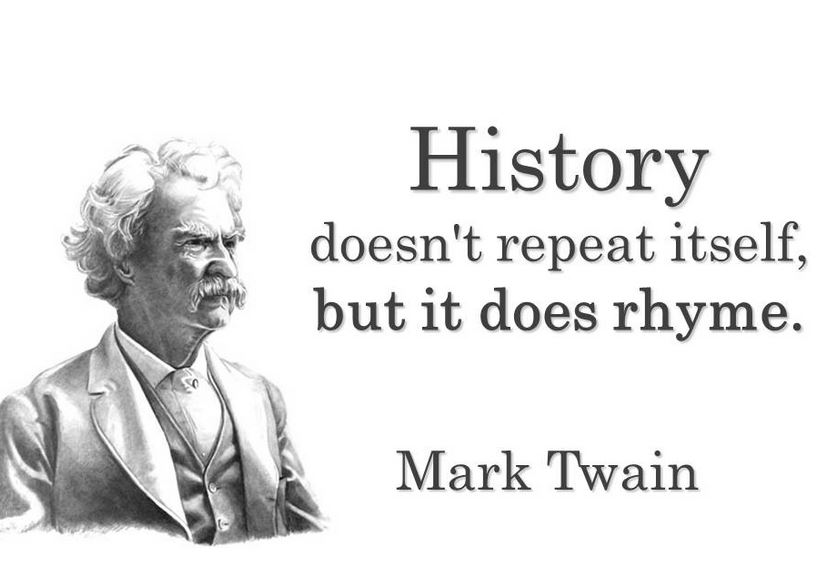Sales and Operations Planning (S&OP) is typically a monthly process. Through a series of detailed planning steps, and usually three meetings, companies define a plan to deal with what they think they can do to meet the demand given their supply and other constraints.
NOTE: For a detailed read on how to do what-if scenario planning, download the white paper: Anatomy of what-if planning. You can also watch a series of videos on what-if planning.
Invariably, things never go exactly to plan. If demand stays the course, supply does not. If supply is steady, demand could be going crazy. More than likely, the situation is mixed across different product lines, customers, etc. which creates the pressure to plan at a higher frequency. Many businesses respond by organizing mini-S&OP meetings on a weekly basis. I have even worked with a few companies that had two mini-S&OP meetings in a week; one on Monday and the other on Thursday (These examples were all in the CPG industry.) It seemed to me that in some cases, they would tweak the plan every day if they could!
So a couple questions arise:
- What is the ideal frequency of the S&OP meeting?
- How should businesses respond within their S&OP process to an ever changing environment?
I suppose the right answer to both questions is: it depends. But, let me not hide behind that and share a best practice that I have experienced.
Planning deals with the future, which is full of questions and unknowns. It is impossible to codify uncertainty, therefore the plans will always retain a level of doubt as well. Meeting more frequently may help clear up some of the unknowns, but does not necessarily make the overall plan better.
A good planning team embraces this uncertainty and tries to understand their impact via the concept of what-if planning. The idea of what-if planning is simple: Subject your business’s logical model (assuming one has access to such a model) to data conditions that emulate a likely business condition. Examples could be higher demand, lower supply, or a mix. There is no real limit of how far the what-if scenarios should stretch; the only limiting factor is the imagination on the part of the planning team and the amount of time available to them.
Mark Twain said: History may not repeat itself, but it does rhyme. Likewise, a good what-if scenario might not exactly be a copy of the reality, but from time to time, it does rhyme. Practicing with what-if scenarios allows a planning team to establish the limits within which the current plan is still usable. For example, a 2% increase in demand might not warrant a re-plan; a 15% increase likely would. If the limits are well understood and publicized during the S&OP meeting, then they also create the underlying rule as to when the current plan is no longer valid.
If a planning team does this diligently, they will feel no pressure to meet unless a limit has been breached. They are able to establish a dynamic S&OP paradigm, where an alert based mechanism draws them into a meeting to sort out the issues and establish a new S&OP plan. More advanced companies actually save the most likely what-if scenarios as plan B (and C and D progressively) in the original S&OP meeting itself and simply meet to agree to move from the original plan to plan B. This way, they are able to establish the rules around when to re-plan, and also when to ignore the changes as minor concerns. Further, they can also use this to make the monthly meeting itself more efficient. If not much has changed from the previous plan, the meeting can be shorter or at least smoother (I readily admit, this hardly happens these days).
How dynamic is your S&OP? I am interested in hearing from you.
Like this blog? Please share with colleagues and also follow us on LinkedIn or Twitter and we will send you notifications on all future blogs.






